Dealing with cultures in a campaign setting is always a tricky issue. There are a lot of good reasons to provide a good range of different cultures with unique and distinctive character instead of going with some kind of generic Standard Fantasy Setting. But at the same time there’s always the very real risk of excessive lore dumps that make the setting less accessible to newcomers. While Tekumel and Glorantha always looked quite intriguing to me, I was never able to get even a foot into the door, so to speak. There’s so much and I don’t know where to begin reading. My goal with releasing Ancient Lands material is not just for it to be read but also to be used in actual games. I don’t want to write fiction (at least with this undertaking) but to create RPG material. Good RPG material.
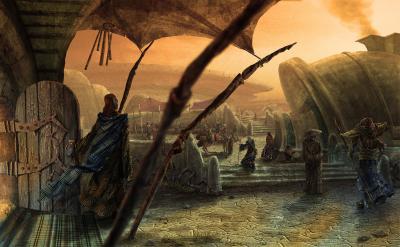
So when chosing a format to present the various cultures I have created for the setting, making it so that it’s accessible and useable are the key considerations. That means it has to be short. Or as Bryce tends to put it in regard to adventures “terse and evocative”. Short enough to make people willing to read it even when they have no investment in it yet, evocative enough that it makes them want to have it in their games, and providing the kind of information they need to actually use it effectively. So the format I am fiddling around with now is the One Page Culture. One page of text of text has to be enough to cover all the essential facts.
But what are the essential facts? By which I mean “necessary or highly useful to present the culture in an actual adventure”. When I read about cultures in RPG books or other fantasy world, there tends to be a lot of stuff that might be somewhat interesting to read as entertainment, but is almost impossible for the players to actually encounter except in the form of an infodump monolog. So the main consideration is: “What aspects of a culture will the players be interacting with?” Limiting the full length of the description to a single page is a means to ensure the whole thing doesn’t get bloated with descriptions of cooking and embroidery. These are the things I found to be the most relevant for GMs to run a game, in no particular order.
- Who are the important people? Probably the most important thing for players to know. When they get to a village or stronghold, who are the people they need to talk to if they need something. Who are the people who matter for things related to adventurers?
- What can they do for you? Once you know what kind of leader or official you need to talk to, what kind of assistance can you expect to get from them and what are the limits imposed on them by their society?
- Who are the troublesome people? In addition to people who could be of help to the players, there’s also those who could mean trouble to adventurers. Witches, inquisitors, doomsday preachers, and so on.
- What can they do to you? If the players have run ins with these people, what kind of threat are they likely to pose?
- What services are available? Different cultures may have different good that they are producing exclusively or have various restrictions on what may be sold or provided to outsiders.
- How do they fight? What type of armaments are used by warriors of the culture and what’s the common composition of a group of armed people? Do they rely on certain tactics or are there special rules who can be in charge of such a group. Where would warriors be found in an average settlement and in what numbers?
- What do settlements look like? While the specifics about different architectural styles are of little consequence, it can be quite useful to have a general idea of the common layout of a settlement for each culture. In some cultures the hall of the chief or the shrine may be in the center, while in others they may be found on a prominent hill at the far side of the main gate. Or the shrine may not be located within the settlement itself but some distance away from people’s homes. Some cultures may have tall stone houses, others circular single-story farm house with thatched roofs, or underground burroews. It doesn’t have to be alaborate, but if you keep these things consistent the players might quite likely recognize the patterns.
- What are shrines and temples like? Since adventurers tend to have to deal with various supernatural poisons, diseases, and curses and may have other needs for divine aid, shrines and temples are going to be places that are quite likely to be visited on several occasions. Giving a brief description of how the culture builds its shrines, how priests look like, and what requirements and restrrictions are in place for assisting outsiders can be a great boon to making a culture appear distinctive. Deep theological concepts or religious celebrations are usually completely irrelevant in actual play.
- What animals are around? This item is important for the Ancient Lands in particular, but can be useful for describing cultures in general. If the animals found in settlements are not the typical European farm animals, then what kind of mundane or unusual critters are around instead? The Ancient Lands don’t have horses, cows, pigs, or dogs, but many similar roles are filled by various types of deer, goats, and large reptiles. A settlement of skeyn would have many ogets (large riding goats), while Takari elves of the Mahiri Jungles would use large caravans of huge drohas (hardrosaurs). This also applies to what beasts warriors would be riding into battle.

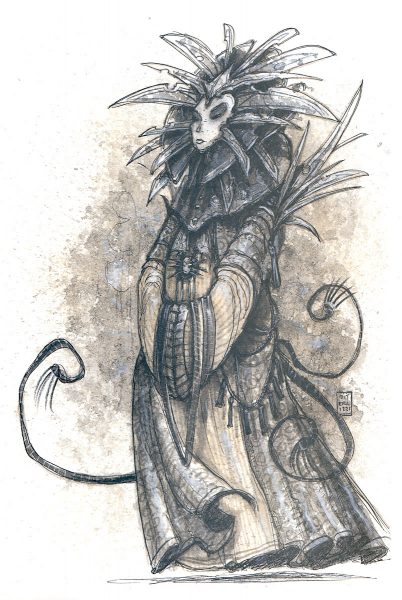
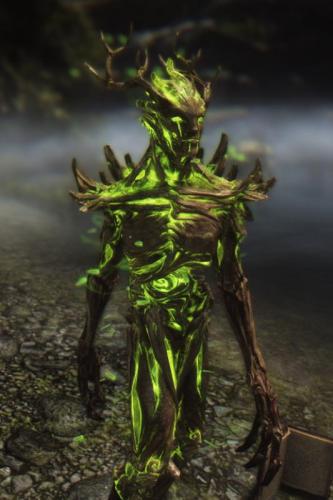
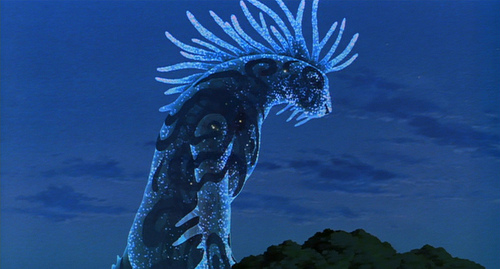
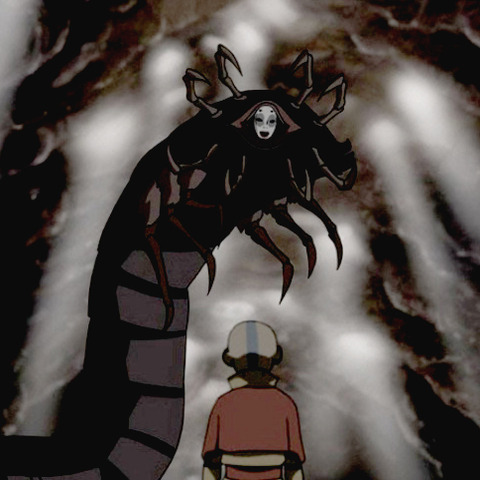
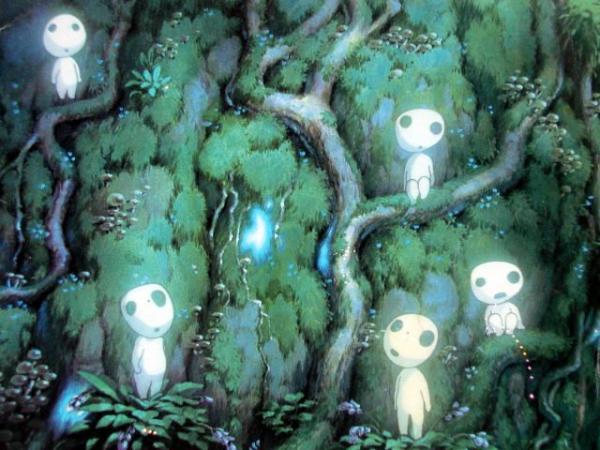

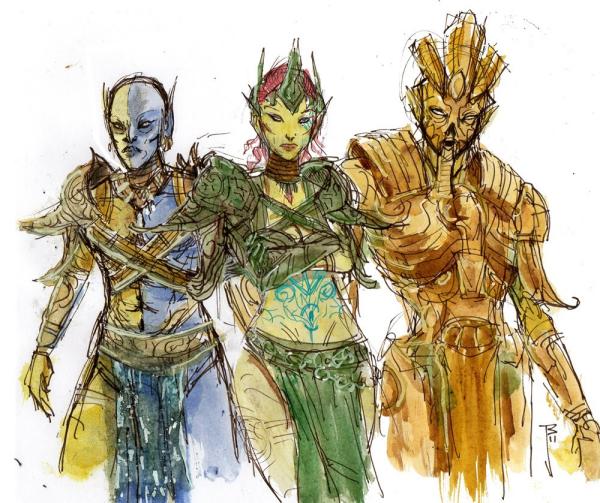
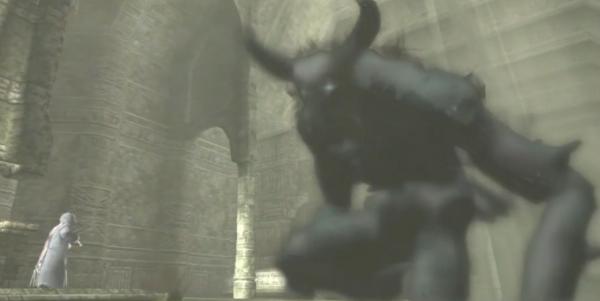
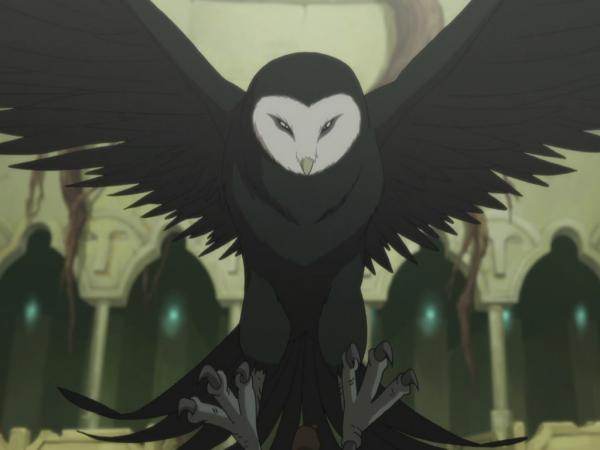
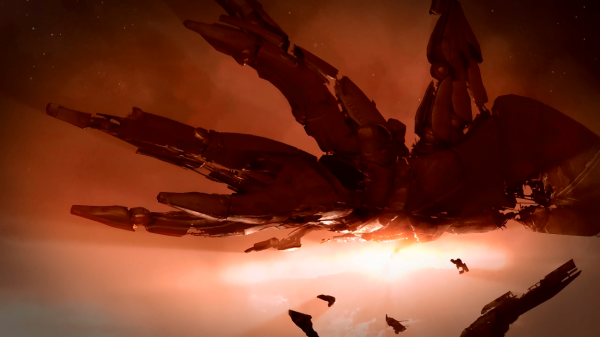
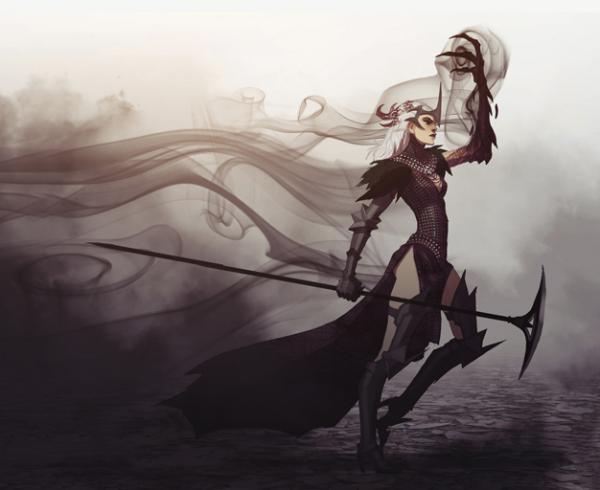
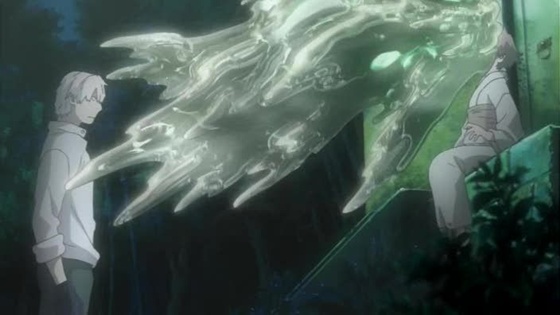
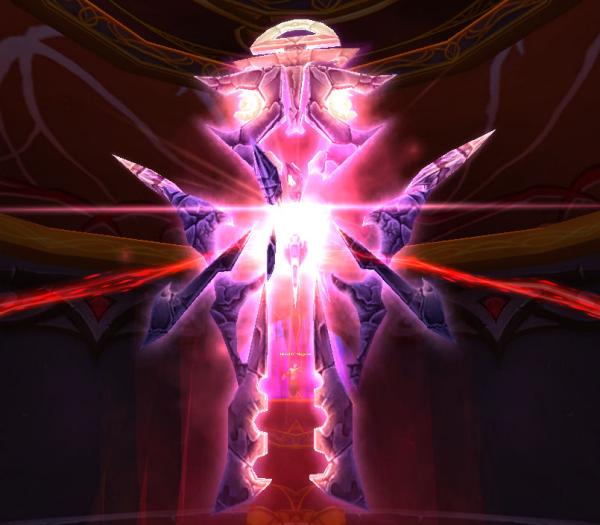
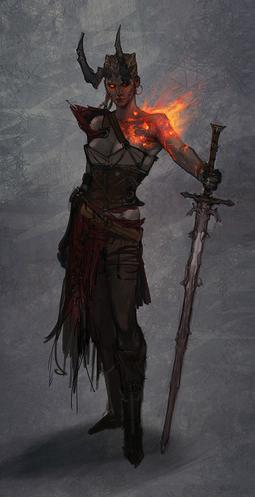
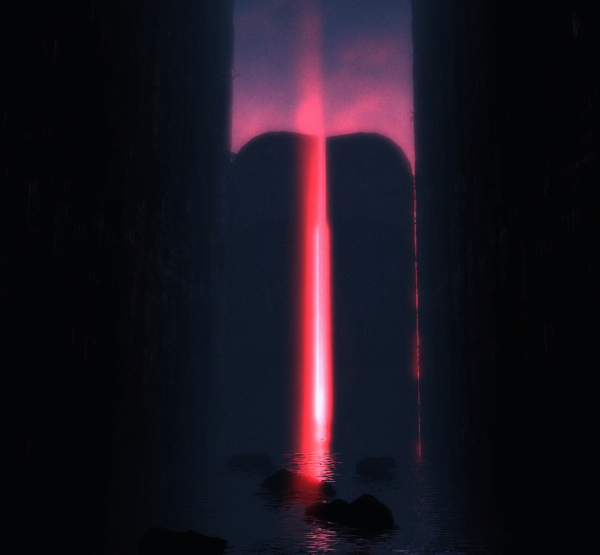
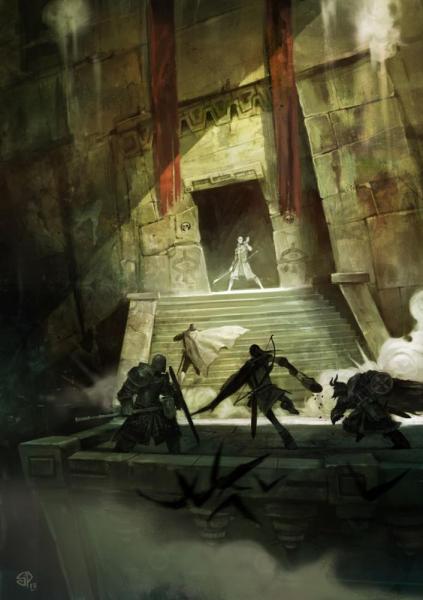 This thing can be played.
This thing can be played.